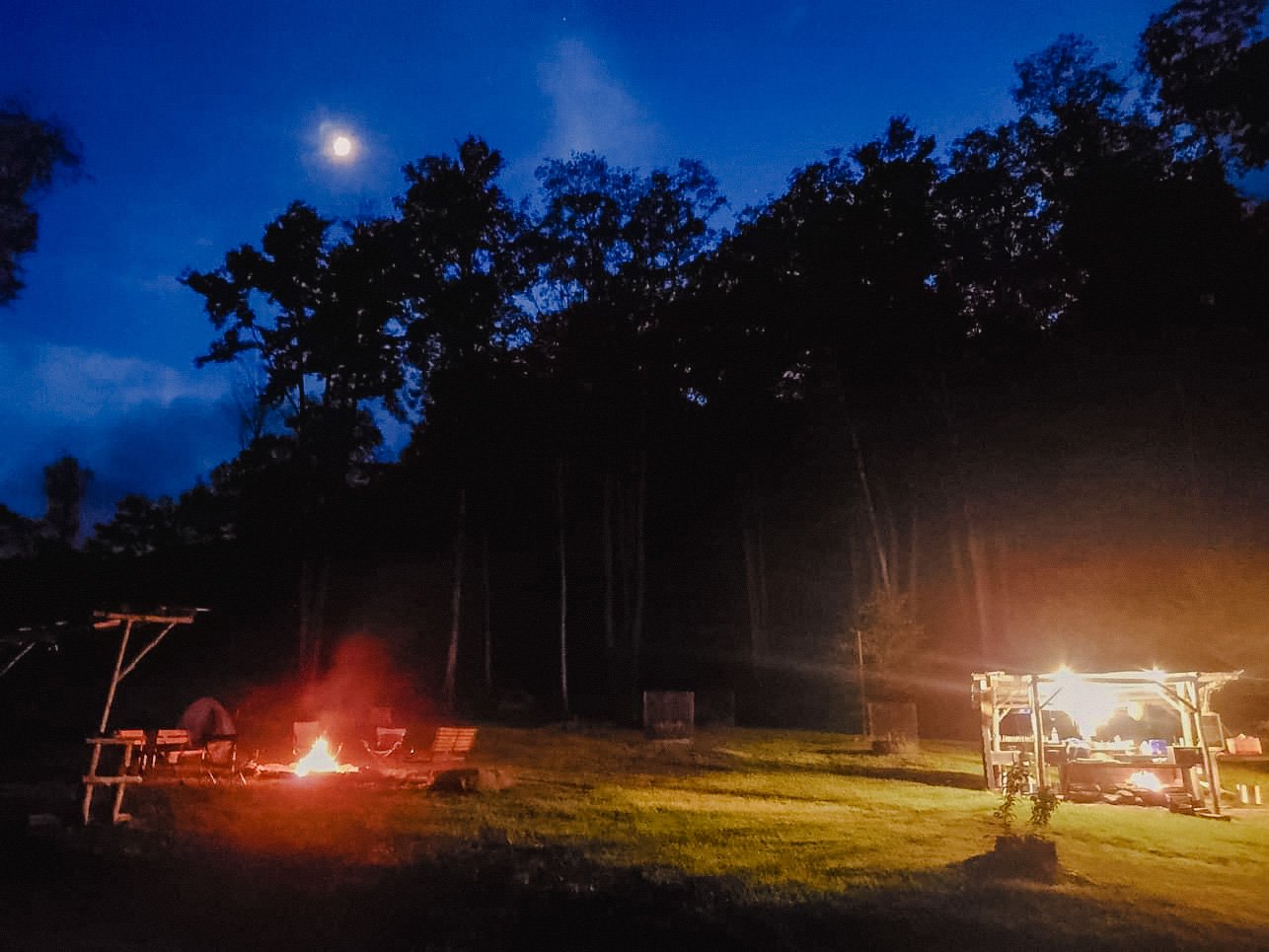Witness the Perseid Meteor Shower: Your Guide to Camping Under the Shooting Stars
There’s camping… and then there’s camping under one of nature’s most jaw-dropping shows.
Every August, the Perseid Meteor Shower lights up the night sky with hundreds of shooting stars—and if you’re lucky, a few fireballs blazing past. It’s the kind of spectacle that makes you drop your marshmallow into the fire because you can’t stop staring upward.
2025 Perseid Dates & What to Expect
The Perseids run July 17 – August 23, 2025, peaking on the nights of August 11–13—with the early hours of August 12 usually being the most active. That’s when Earth plows through the dust trail of Comet Swift-Tuttle, turning tiny space particles into brilliant streaks of light.
This year, the full Sturgeon Moon on August 9 will still be bright during the peak, washing out some of the dimmer meteors. You’ll still catch the big, bright streaks—but you might not see as many of the faint ones.
When to Get the Best View
Pre-Peak Window: Late July through the first week of August offers darker skies and decent activity before the full moon arrives.
Post-Peak: Around August 16, as the moon wanes, you’ll enjoy darker skies for easier star spotting—though meteor rates will be lower.
New Moon: August 23 brings the darkest skies of the month… and the very last night of the Perseids.
Our advice? Plan for the dates that balance sky darkness with good activity, and make a weekend of it. Whether that’s early August for clearer views or mid-August for the highest rates, you’ll still have an incredible trip.
Best Places to Watch the Perseids Near NYC
To really see the show, you need to get far from city lights. Here are some of our favorite dark-sky escapes, with drive times from NYC to help you plan your trip.
Within ~2.5 hours of the GWB
Catskills, NY – ~2–2.5 hrs — Slide Mountain, Woodland Valley, and other state campgrounds offer wide, open skies. The Catskills is also home to Basecamp Brooklyn Estates, where we’ll be hosting star gazers August 15-17.
Delaware Water Gap, NJ/PA – ~1.5–2 hrs — Scenic river views and plenty of open areas for night sky viewing.
Taconic State Park, NY – ~2.5 hrs — Great for campers who also want to explore swimming holes and hiking trails by day.
North-South Lake, NY – ~2.5 hrs — Popular but worth it for the vistas; arrive early to claim your spot.
For the truly dedicated dark-sky chasers willing to drive farther:
Adirondack Sky Center & Observatory, Tupper Lake, NY – ~5.5–6 hrs — Some of the darkest skies in the entire Northeast (Bortle scale 2). Mid-August nights here can reveal the Milky Way in jaw-dropping detail.
Blue Mountain Lake & Lake Durant area – ~5–5.5 hrs — Remote, peaceful campsites with wide-open horizons for meteor watching.
Saranac Lake Wild Forest – ~5.5–6 hrs — A backcountry gem for those ready to pair their stargazing with a true wilderness camping experience.
Gear Up for Your Meteor Shower Trip
No matter where you go, comfort is key—because you’ll be outside for hours. If you don’t have your own camping gear, we rent high-quality tents, sleeping bags, and pads right here in NYC. You can pick up Wednesday evening, head out for the weekend, and drop off Monday evening—easy.
Basecamp Brooklyn’s Summer Grillin’ & Star Gazing Weekend
If you’d rather skip the planning and just show up, we’ve got you covered. From August 15–17, 2025, we’re hosting a weekend in the Catskills with open-fire cooking, great company, and curated stargazing spots to catch the Perseids in style.
Pro Stargazing Tips for 2025
Get away from the campfire when you’re ready to watch—the light can be almost as bad as city glow.
Plan your viewing for when the moon is low or has set.
Bring cozy layers—clear nights in August can be chilly.
Let your eyes adjust for at least 20 minutes—no phone screens!
Use a headlamp with a red light setting—it helps you move around safely without ruining your night vision.
What Else to Spot in the Sky This August
While you’re waiting for the next streak of light, keep your eyes peeled for these summer constellations and celestial sights easily visible from the tri-state area:
The Summer Triangle – Three bright stars (Vega, Deneb, and Altair) forming a huge triangle high overhead.
Cassiopeia – The W-shaped constellation opposite the Big Dipper, easy to find and a great guide to Perseus.
Perseus – The Perseids’ radiant point; look slightly away from it for the best meteor viewing.
Cygnus the Swan – Flying along the Milky Way, with the bright star Deneb at its tail.
Planets – Depending on the night, Jupiter and Saturn may be visible; Saturn’s golden glow is unmistakable.
The Milky Way – In dark enough skies, a faint, cloudy river of light stretching across the sky—worth the trip on its own.


















